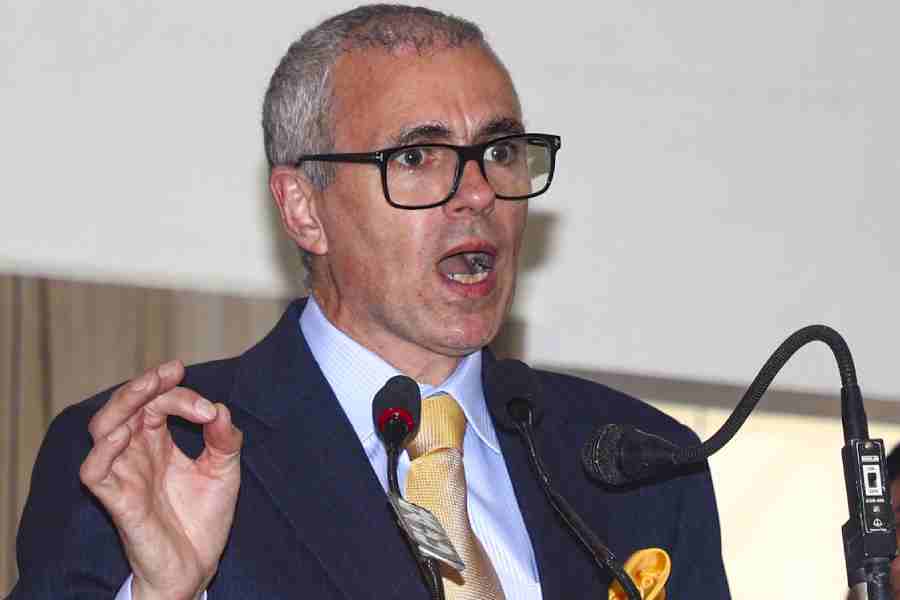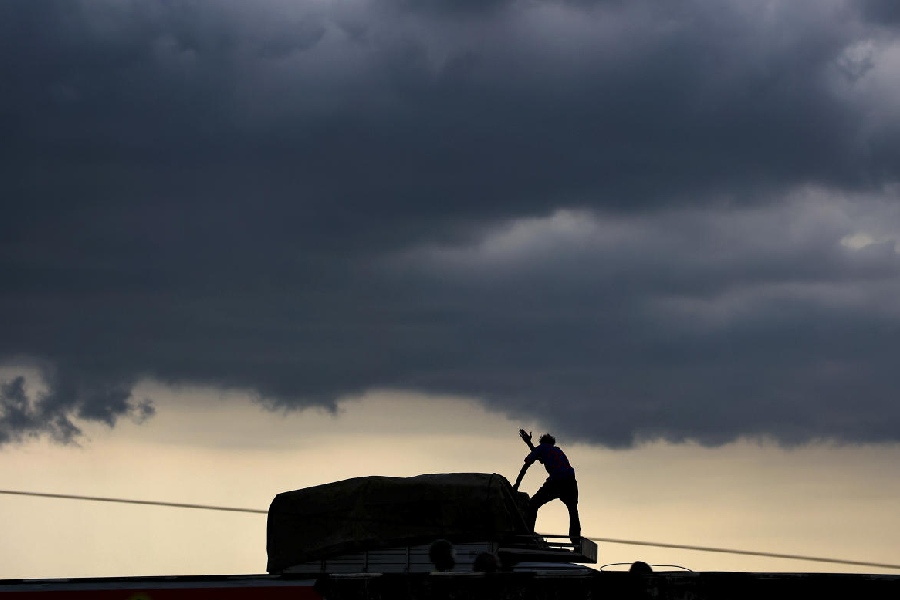

Nature at its best at Daringbadi.
Telegraph pictures
Bhubaneswar, Jan. 7: Snowflakes, lush green valleys, coffee plantations and tall pine trees – a traveller’s paradise, Daringbadi, is all set to add another charm to its tourism potential – a winter festival.
The Kandhamal district council of culture, in co-ordination with the state tourism department, is going to organise the first winter festival at the hill town from January 9 to 11.
As many as 30 artists will give wings to their imagination while attending a camp at the famous tourist spot, Hill View Park, at Daringbadi. The artists’ works will be displayed at an exhibition on the final day at the festival venue.
Lalit Kala Akademi secretary Tarakanta Parida, who is co-ordinating the artists’ camp, said: “With the involvement of artists in the festival, the beauty of Daringbadi and its surrounding areas during winter will be captured on their canvas for ever. It will help promote Kandhamal on the national and international tourist map.”
Besides, the local folk dance, named after the dialect Kui, and Changu dance, too, will enthral the audience and participants among the spectrum of other dance and song forms of the state, mostly in the classical and folk categories.
Poets will also make their way into the festival by virtue of a kavi sammelan with a specific focus on Kandhamal.
Tourism and culture minister Ashok Chandra Panda said: “Daringbadi is known as Kashmir of Odisha. But in the past, it had never been projected in a big way. The winter festival 2015 will be the first step in this regard to facilitate the place on its way to become a major tourism circuit.”
Culture director Sushil Kumar Das said: “The festival will be a collage of Lalitkala, Sahitya and Sangit Natak akademis to project Kandhamal as a major tourist destination. We have planned it in such a way that from the intricate design of the venue to the selection of the cultural shows, visitors will be attracted to attend the festival each year.”
Kandhamal district tourist officer Manoranjan Das said that with the participation of more travellers from across the country and abroad, Daringbadi and its nearby areas would be the crux of our strategy, as the landscape is dotted with beautiful valleys and waterfalls.
Das said that while the coffee and pine plantations would add to the potential of Daringbadi as a tourist spot, Dasingbadi, a waterfall 15km from the town, would also find its place in the tour itinerary. Ranipanga is another waterfall 22km off Daringbadi and Sonepur valley, a stretch of forests on the Daringbadi-Dasingbadi road, is only 12km from the hill town.
“District collector N. Thirumala Naik had taken steps to develop the Hill View Park. Besides, there is also a plan to have a toy train service at the spot within a year. We would also extend our support to the infrastructure near the tourist spots, so that travellers coming from distant places can stay here to enjoy the beauty of nature,” he said.
A tour operator, on condition of anonymity, said: “Mandasaru valley, 35km off Daringbadi, by virtue of its forest cover and natural beauty, is often compared with the Silent Valley of Kerala. But till date, there has been no night-halt facility for the tourists. It should also be taken into consideration.”

A senior tourism official, however, said the district tourism plan had taken up the point and the night-stay facility near Mandasaru would come into place in a year.
While Rushimal Kunda, another spot from where the largest river of south Odisha originates, is 8km from Daringbadi, Kiritkuti is also famous for its emu farming. Therefore, there is an immense potential of agri-tourism as well.
Kandhamal, a traditional spice belt, has the potential to grow as a major organic farming area and, in the process, can emerge as a leading economy booster. Floriculture can also be an alternate livelihood for the people with a potential to beautify the crop fields of Kandhamal.
Daringbadi is in a positive focus after a long time. The New Year revellers had started avoiding the scenic hill town after the 2008 communal riots following the murder of Swami Laxmanananda Saraswati.
Things have improved ever since and what has helped tourism in the region further is the fact that now it is free from Maoist menace after the arrest of Red leader Sabyasachi Panda.










